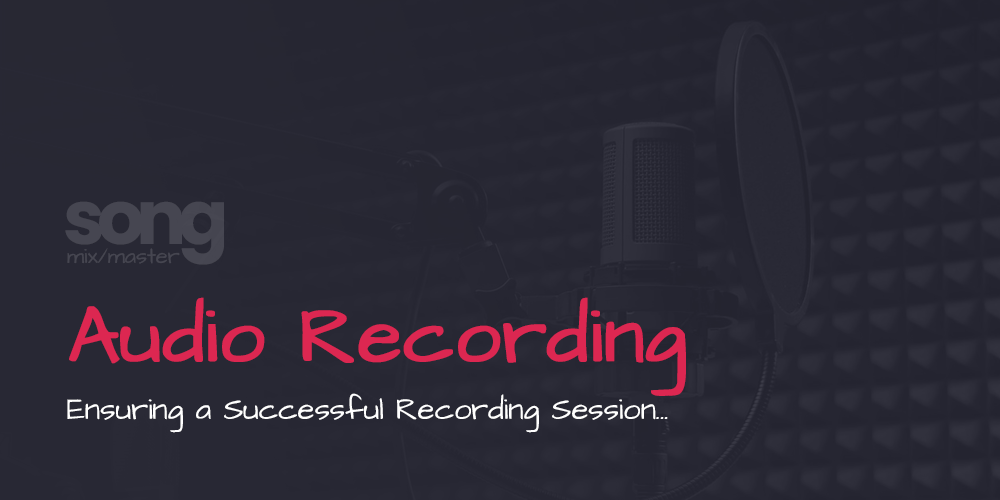Recording
Audio Recording – Ensuring a Successful Recording Session
There are situations where we can’t afford any mistakes when it comes to audio recording. In this article, we’ll discuss some aspects that will help you make the most out of any audio recording session.
First and foremost, we need to consider the format we are going to record in. Always configure your software settings to capture sound with the best possible quality; you can always reduce the quality later. Remember to set the bit depth (preferably 24-bit) and the sample rate before starting your recording session.
It’s essential to consider whether you’ll be working on multiple projects or recording vocals in a separate project, as importing tracks with different formats into one project later can lead to issues.
To prevent the uncomfortable situation of musicians hearing their own performance with latency while recording, configure a small buffer size to reduce latency. Don’t forget to increase this value during the mixing stage to allow the computer to handle processes more smoothly, avoiding annoying crashes.
Another key factor in achieving a good recording is properly adjusting the input channel’s gain. It’s not a bad idea to ask the performer to do a test take to warm up. Try to adjust the gain so that the peaks with the highest amplitude hover around -6dB; this way, you’ll have some headroom before the signal clips.
The acoustics of the room where you’re recording will significantly impact how a sound source is captured. If your room isn’t acoustically perfect, you’ll need to experiment and find a microphone placement that minimizes issues with standing waves.
As a starting point, try to avoid the room’s central points and those closest to the walls. Also, keep in mind that certain instruments like guitars, pianos, and percussion tend to amplify specific frequencies that can undesirably color the sound source.
It might seem obvious, but it’s worth mentioning – before you start recording, double-check that all cable connections are secure, and you’ve turned on all the necessary equipment or processors. Audio interface, microphone preamp, phantom power…
Finally, to avoid losing your recordings among the countless files on your computer, it’s essential to have good internal organization. Save your project before recording and ensure you know its location, so you can access all the tracks/takes created in it in the typical “Audio Files” folder whenever you need them.
Use the “Save” option every few minutes to prevent losing the latest takes/processes in your project in case of computer or software errors.
With these simple tips, you can ensure that you have control over the aspects that depend on you to achieve an excellent recording. The rest is left in the hands of the performer…


Disclaimer: Any references to any brands on this website/webpage, including reference to products, trademarks, brands and companies, are provided for description purposes only. We don't have any association with or endorsement by these brands or companies. Some of the links on our blog may be affiliate links. This means if you click on these links and make a purchase, we may earn a commission at no extra cost to you.
Need Professional Mixing & Mastering?
You may also like to read...
10 Tips On How to Prepare Your Mix for Final Song Mastering
How Does Temperature Affect the Propagation of Sound?
The Impact of Extreme Temperatures on Audio Gear
Hardware Vs. Plug-ins – Can Audio Plug-ins Replace Hardware?
The Pros and Cons of Online Mixing and Mastering Services
Understanding Decibels: The Truth About Silence and 0 dB